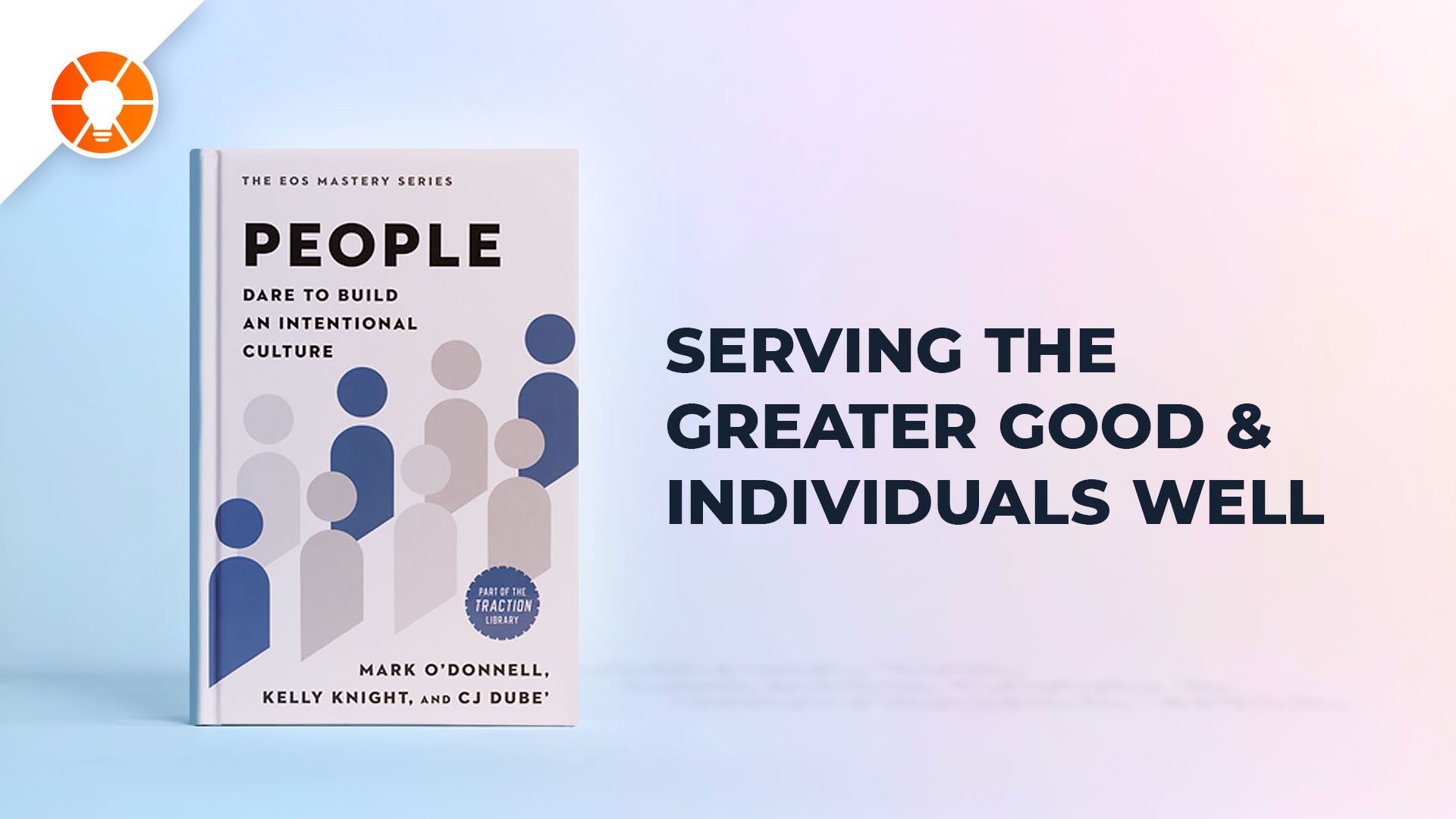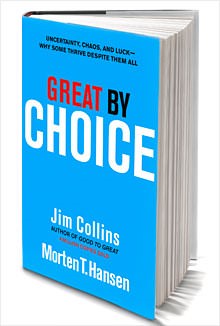 If you’ve been reading Alabama Entrepreneur for a while, you know that I have always been obsessed with identifying and adopting the habits of what I call the “five percenters” – the top five percent of the most successful entrepreneurs. I’ve spent 30 years studying reasons why some companies achieve outrageous levels of success that far exceeds that of their peers.
If you’ve been reading Alabama Entrepreneur for a while, you know that I have always been obsessed with identifying and adopting the habits of what I call the “five percenters” – the top five percent of the most successful entrepreneurs. I’ve spent 30 years studying reasons why some companies achieve outrageous levels of success that far exceeds that of their peers.
I’ve just read Great by Choice by Jim Collins and Morten T. Hansen, and it’s having a profound effect on me because it draws conclusions that take conventional wisdom about what makes for wildly successful leadership and turns it on its ear.
Collins is well known for his other titles: Good to Great and Built to Last among others. Great by Choice is the result of research Collins and Hansen pursued in search of an answer to a burning question that was making them nervous about the future:
“Why do some companies thrive in uncertainty, even chaos, and others do not? When buffeted by tumultuous events, when hit by big, fast-moving forces that we can neither predict nor control, what distinguishes those who perform exceptionally well from those who underperform or worse?”
To find answers to their question, Collins and Hansen studied the performance, over the same period of time, of “matched pairs” of companies: two organizations in the same industry, with the same financial resources, facing the same challenges, the same economic upheavals, the same luck, the same technological innovations, and identical competitive threats.
Of each pair, one company outperformed its industry index by more than ten times (“10X”), while the other company floundered or even went out of business.
To illustrate their findings, the authors draw a dramatic illustration by telling the story of Roald Amundsen and Robert Falcon Scott: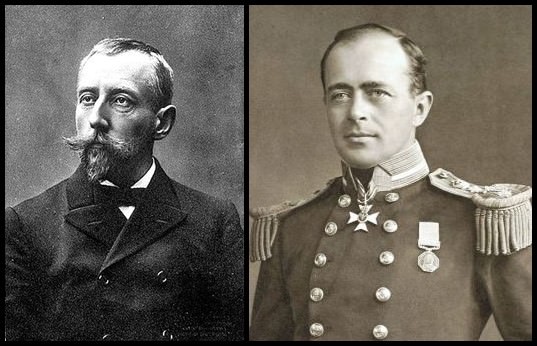
“In October 1911, two teams of adventurers made their final preparations in their quest to be the first people in modern history to reach the South Pole. For one team, it would be a race to victory and a safe return home. For the second team, it would be a devastating defeat, reaching the Pole only to find the wind-whipped flags of their rivals planted 34 days earlier, followed by a race for their lives — a race that they lost in the end, as the advancing winter swallowed them up. All five members of the second Pole team perished, staggering from exhaustion, suffering the dead-black pain of frostbite, and then freezing to death…
“It’s a near-perfect matched pair. Here we have two expedition leaders — Roald Amundsen, the winner, and Robert Falcon Scott, the loser — of similar ages (39 and 43) and with comparable experience. Amundsen and Scott started their respective journeys for the Pole within days of each other, both facing a roundtrip of more than 1,400 miles into an uncertain and unforgiving environment, where temperatures could easily reach 20˚ below zero even during the summer, made worse by gale-force winds… They had no means of modern communication to call back to base camp… and a rescue would have been highly improbable at the South Pole if they screwed up. One leader led his team to victory and safety. The other led his team to defeat and death.
“What separated these two men? Why did one achieve spectacular success in such an extreme set of conditions, while the other failed even to survive?
The book goes on to detail the differences in how each man approached the South Pole journey, and draws parallels to the matched pairs of companies the authors studied.
So what made the 10X companies different?
Conventional wisdom would tell us that their leaders were more creative, more ambitious and visionary, more charismatic, quicker to take risks, apt to make big, bold moves, or just plain luckier.
But after studying matched pairs for nine years, Collins and Hansen came to the conclusion that none of these is true. The real difference is in how their leaders behaved.
“The best leaders were NOT more risk taking, more visionary, and more creative; they were more disciplined, more empirical, and more paranoid“.
Using their comparisons with Amundsen and Scott, let’s take a closer look at what the authors mean.
10X leaders are FANATICAL about discipline.
Discipline is defined in this case as “consistency of action.”
Scott’s approach to reaching the South Pole was to cover maximum distance whenever possible, so he drove his team until they could
go no further when the weather was good, and stayed holed up in his tent and griped about his rotten luck when the weather was bad. 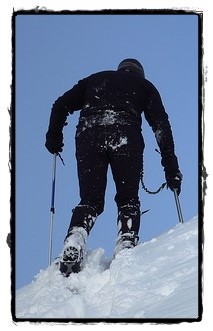 Amundsen, on the other hand, determined that to reach the Pole by his target date, he and his team would need to cover 15 – 20 miles per day, and that’s what they did every day. When the weather was good and his team was feeling fired up and wanted to go farther, he said no. He knew they needed consistent rest to maintain the level of energy necessary to persevere even in tough conditions.
Amundsen, on the other hand, determined that to reach the Pole by his target date, he and his team would need to cover 15 – 20 miles per day, and that’s what they did every day. When the weather was good and his team was feeling fired up and wanted to go farther, he said no. He knew they needed consistent rest to maintain the level of energy necessary to persevere even in tough conditions.
10X leaders decide what incremental progress they need to make, and they do it consistently, no matter what the environment.
10X leaders are more empirical.
They do their own research and make decisions based on evidence rather than conventional wisdom.
Scott built his base of operations at McCurdo Sound because that was where all previous expeditions had launched. Amundsen considered the Bay of Whales, which was 60 miles closer to the pole, but which everyone else had rejected because the ice was thought to be unstable. Amundsen read the notes his predecessors had made about their explorations and discovered that one area of the Bay of Whales had a certain “dome-like feature” that had been there for over 70 years. He knew it was a bold move because nobody else had ever built camp there before, but he did it, and it put him three days closer to his destination.
10X leaders don’t let the “but nobody’s ever done it before” mentality keep them from taking options that evidence says are better.
10X leaders are more paranoid.
This is not a paranoia that paralyzes and causes inaction; Collins and Hansen describe a “productive paranoia” which prompts action that makes 10X leaders better prepared to overcome adversity.
Amundsen thought about all the bad things that might happen, and he developed a plan to handle them. He took extra supplies in case he was delayed. He posted flags at regular intervals for miles on either side of his supply depots so he would know if he had gotten slightly off course. Scott took only enough supplies for the exact number of days he planned to be gone, and he set no course markers at all. His team went hungry after spending too many days in the tent and he had no idea when he actually did drift off course.
10X leaders presume that bad things will happen and they develop contingency plans so when a crisis does occur, it doesn’t derail their entire enterprise.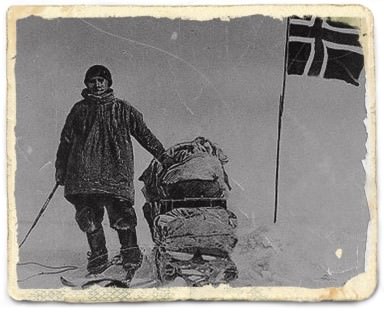
At seven chapters, Great by Choice is a quick read, and is just as entertaining and fascinating as it is informative. I believe it’s a “must read” for every entrepreneur/CEO since most of us will recognize ourselves in this book, and more importantly, see what changes we need to make in the way we think and behave if we’re going to reach greatness. Because it’s NOT luck, it’s a choice.



